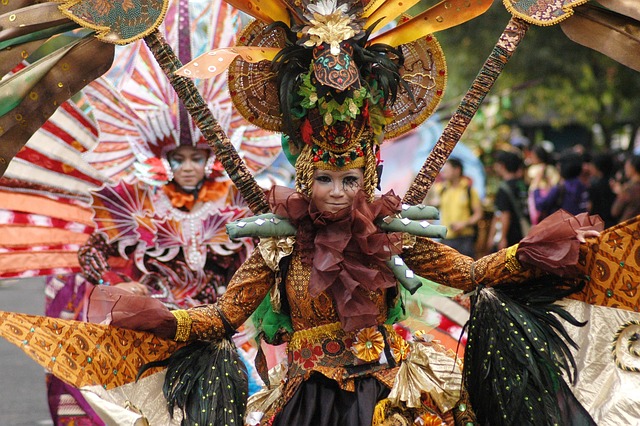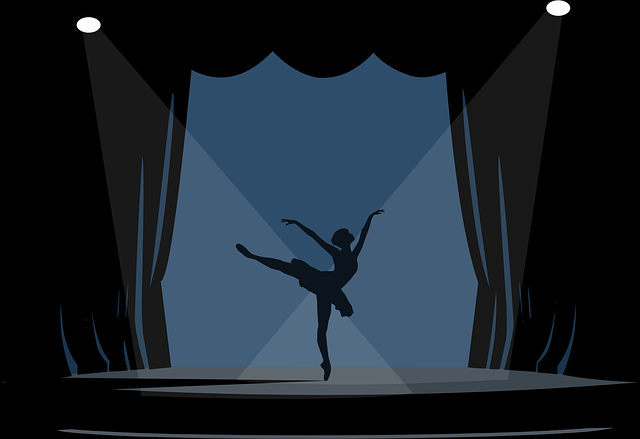Exploring the Evolution of Neoclassical Ballet
Neoclassical ballet, a genre that emerged in the 20th century, marked a significant departure from the traditional conventions of classical ballet. Characterized by its blend of classical technique and contemporary influences, neoclassical ballet transformed the world of dance, pushing boundaries and inviting innovation. This article delves into the captivating journey of neoclassical ballet, tracing its evolution and impact on the realm of performing arts.
The Emergence of Neoclassical Ballet
As the 20th century dawned, ballet was undergoing a reevaluation. Choreographers and dancers alike began to question the rigid structures of classical ballet. It was against this backdrop that neoclassical ballet found its foothold. Pioneering choreographers such as George Balanchine and Serge Lifar played instrumental roles in propelling this new movement.
Defying Tradition: Balanchine's Influence
George Balanchine, often referred to as the father of American neoclassical ballet, challenged conventional norms by infusing his works with a sense of speed, athleticism, and musicality. His collaborations with composer Igor Stravinsky resulted in iconic ballets like "Apollo" and "Agon," which showcased a break from the ornate narratives of traditional ballet. Balanchine's choreography emphasized clean lines, technical precision, and a renewed focus on the art of movement.
Redefining Elegance: Lifar's Legacy
Serge Lifar, on the other hand, left an indelible mark on neoclassical ballet in Europe. As a dancer and choreographer with the Paris Opera Ballet, Lifar sought to merge the grace of classical ballet with contemporary themes. His ballet "Suite en Blanc" exemplified this fusion, featuring a series of divertissements that celebrated both the virtuosity of the dancers and the simplicity of neoclassical style.
The Influence of Music and Collaboration
Neoclassical ballet's evolution was intricately linked to its collaboration with modern composers. Stravinsky's groundbreaking scores for Balanchine's works ignited a dynamic synergy between music and movement. The partnership between choreographer and composer became central to neoclassical ballet's ethos, leading to a heightened integration of artistic elements.
Minimalism and Innovation
One of the defining characteristics of neoclassical ballet was its inclination toward minimalism. Sets and costumes became simpler, allowing the focus to shift entirely onto the dancers and their technical prowess. This simplicity, however, did not stifle innovation. Choreographers explored new ways of storytelling through movement, often presenting abstract concepts that left room for interpretation.
Contemporary Relevance and Legacy
Neoclassical ballet's influence continues to reverberate in the modern dance landscape. Companies like New York City Ballet and The Royal Ballet have kept the legacy alive by preserving and revisiting iconic neoclassical works. Moreover, choreographers today draw inspiration from the genre's principles, infusing them with fresh perspectives to create innovative dance pieces that resonate with contemporary audiences.
The Fluidity of Movement: Diversity in Neoclassical Ballet
While neoclassical ballet emerged during a time of great change, it has also evolved to embrace diversity in both its dancers and themes. Choreographers now explore a broader range of stories and experiences, allowing the genre to transcend its historical limitations and connect with a global audience.
In Conclusion
Neoclassical ballet's evolution is a testament to the transformative power of artistic exploration. From its origins in the early 20th century to its enduring impact on the world of dance today, this genre continues to inspire creativity, challenge norms, and captivate audiences with its harmonious blend of tradition and innovation.






